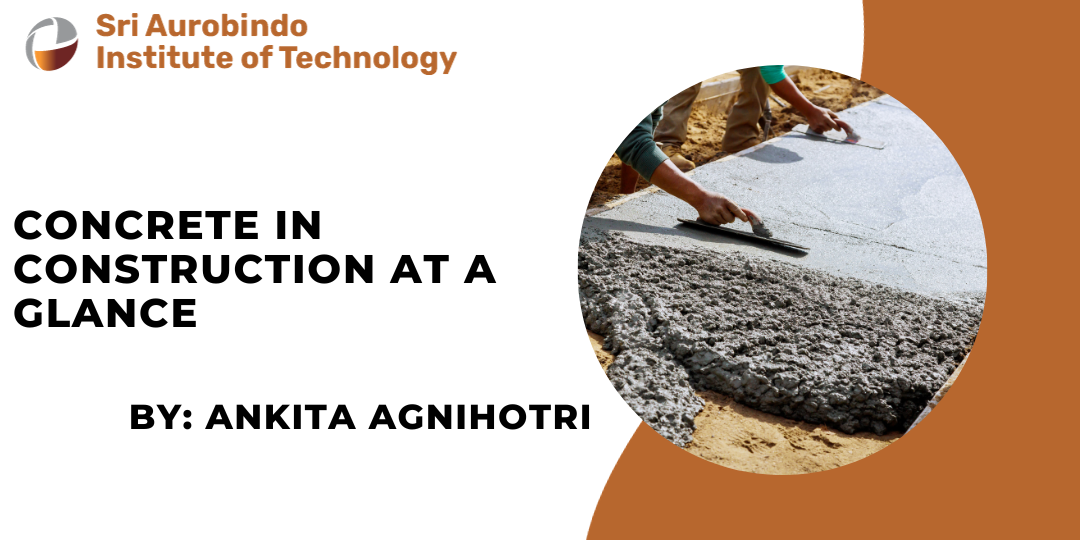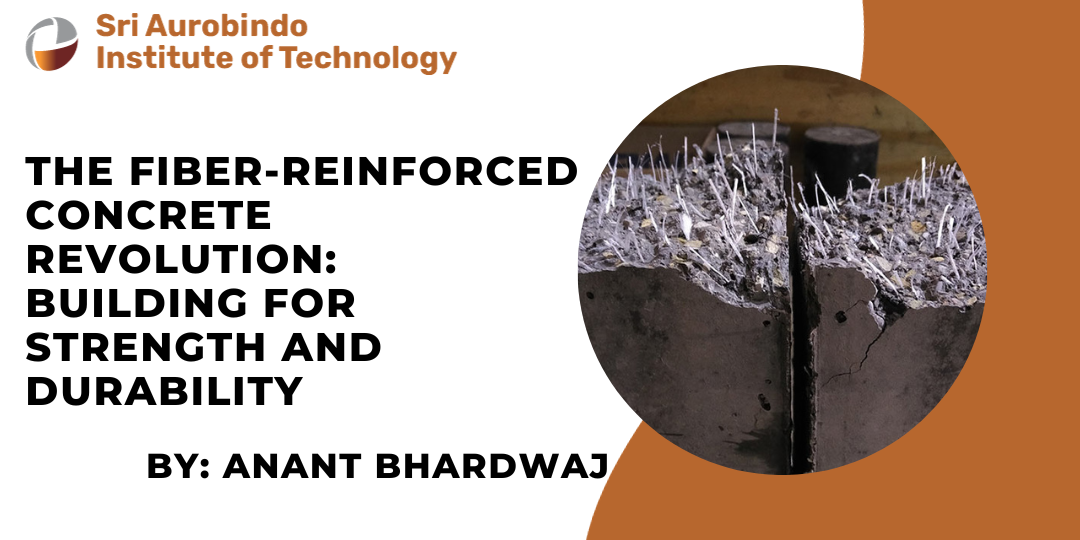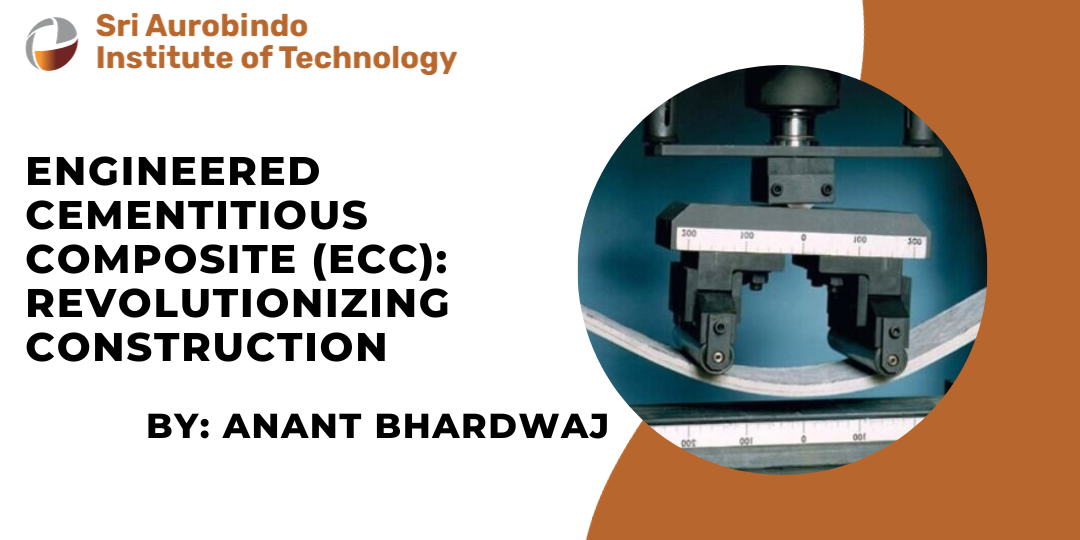The FRC Revolution: Building for Strength and Durability
Concrete has been the backbone of construction for centuries, providing a sturdy foundation for our built environment. But in the quest for...

Concrete is the backbone of modern construction, playing a pivotal role in shaping our urban landscapes. Its versatility, strength, and durability makes it a cornerstone material in the construction industry.
This blog explores the vital role of concrete in construction, its properties, applications, and the future of concrete technology.
Strength: Concrete has excellent compressive strength, making it capable of supporting heavy loads and resisting structural stresses.


While concrete is essential in construction, it's not without challenges:
In response, the industry is increasingly adopting eco-friendly practices, including recycling materials and reducing carbon emissions.

Here are some of the most important tests for checking the strength of concrete:
Concrete is a versatile material that can be tailored to meet specific construction needs. Understanding the various types of concrete available is crucial for selecting the right material for a project.
Whether you need a high-strength mix for a skyscraper or a decorative finish for a patio, there's a concrete type designed to suit your requirements. Choosing the appropriate concrete type can significantly impact the durability and performance of a structure, making it a vital consideration in any construction project.

Concrete has been the backbone of construction for centuries, providing a sturdy foundation for our built environment. But in the quest for...

In the world of construction materials, innovation is the key to building safer, more resilient, and sustainable structures. Engineered Cementitious...

The automotive sector is a major contributor to global carbon emissions. To mitigate the adverse effects of climate change, transitioning from...